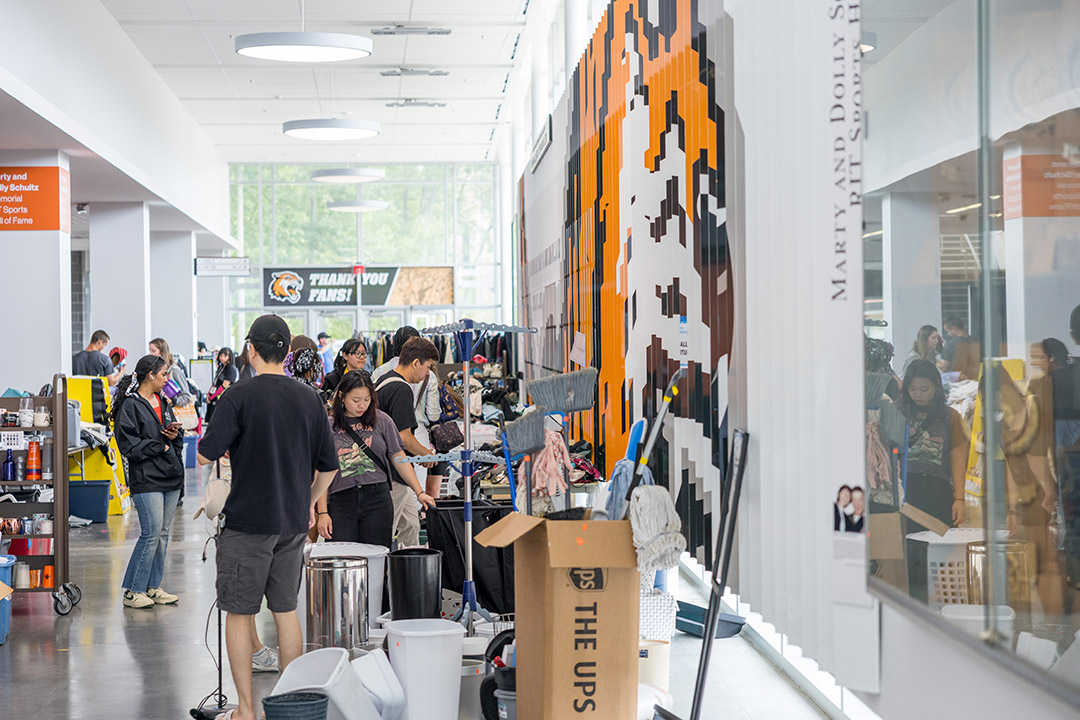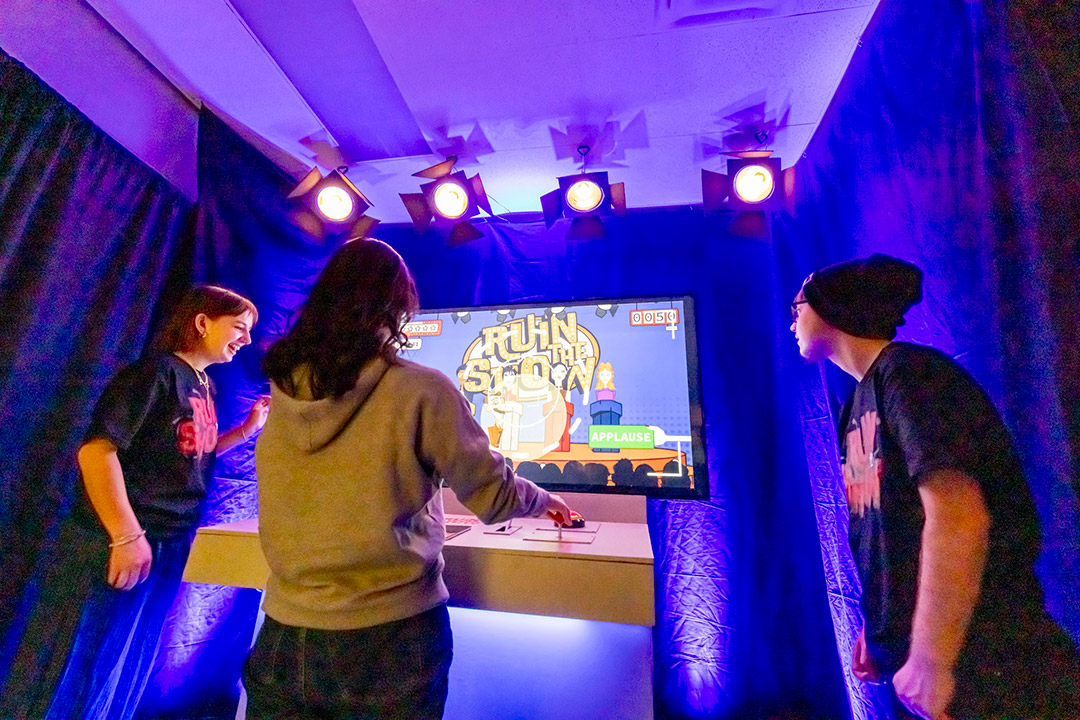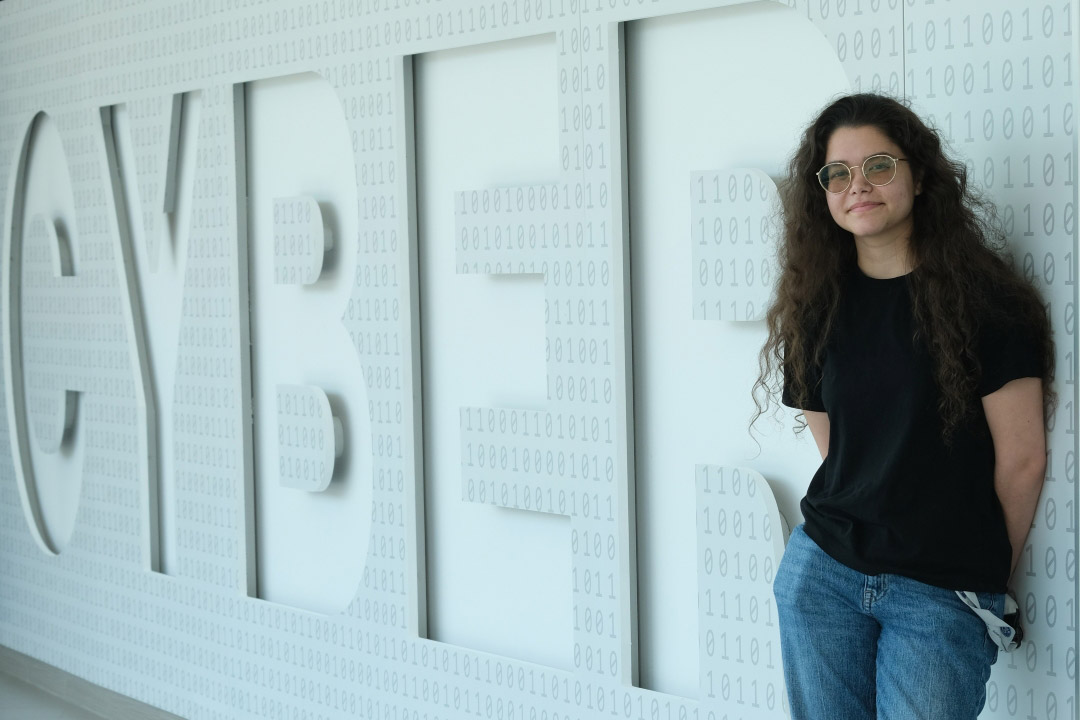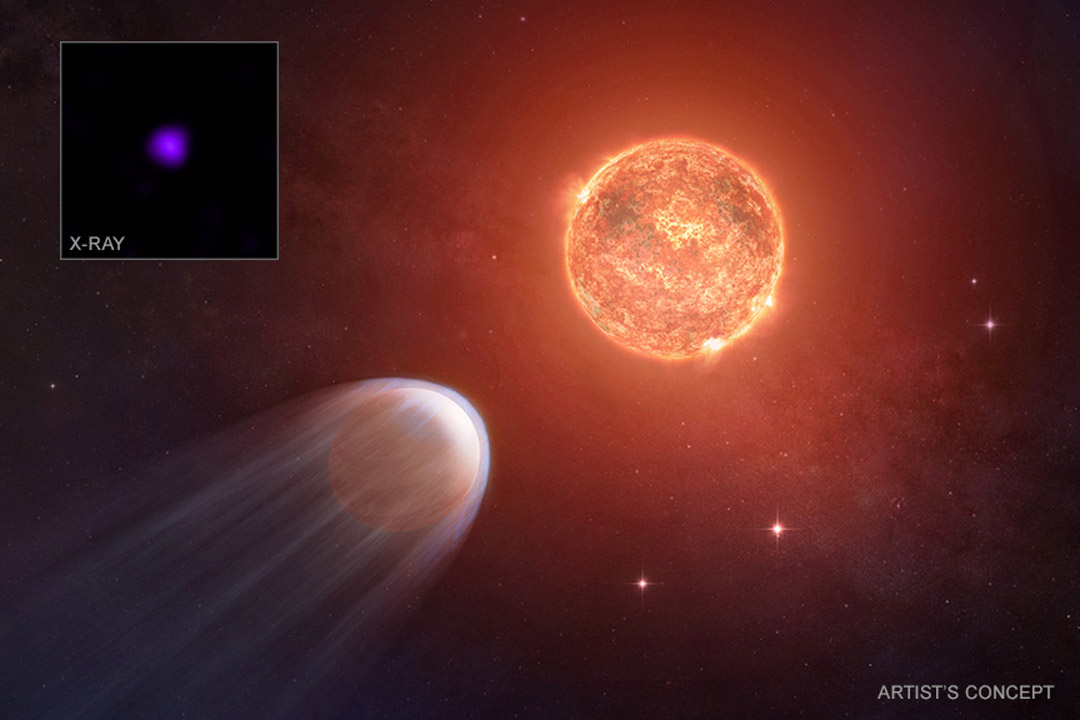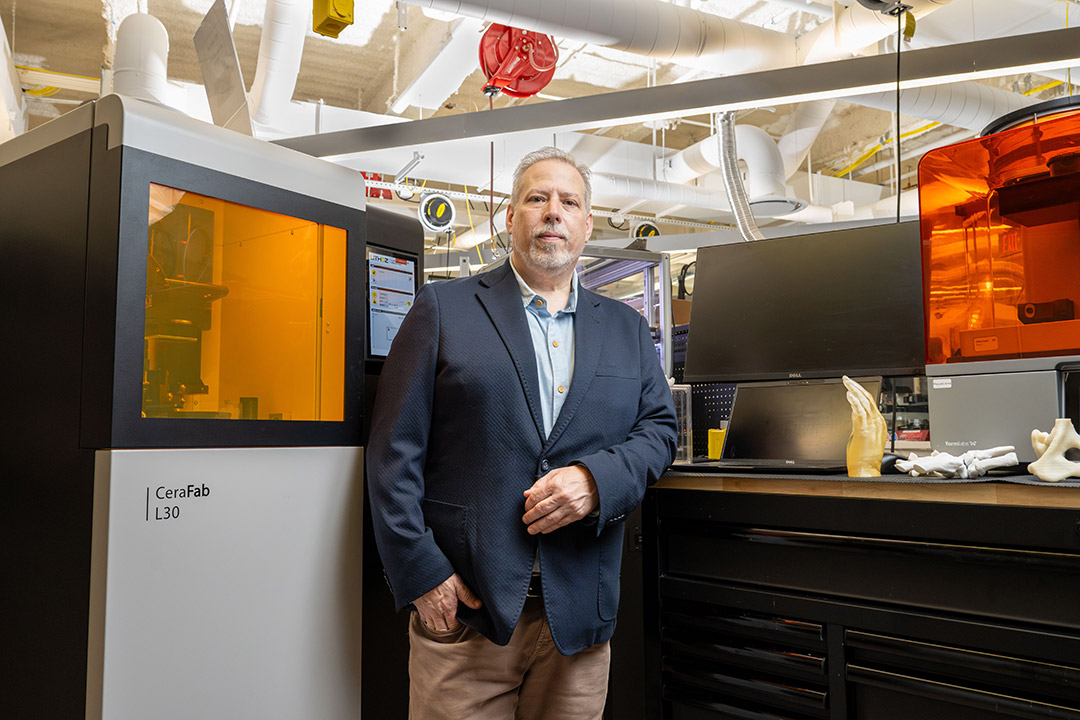Ph.D. student Kazuma Noda leads years-long project to its next launch
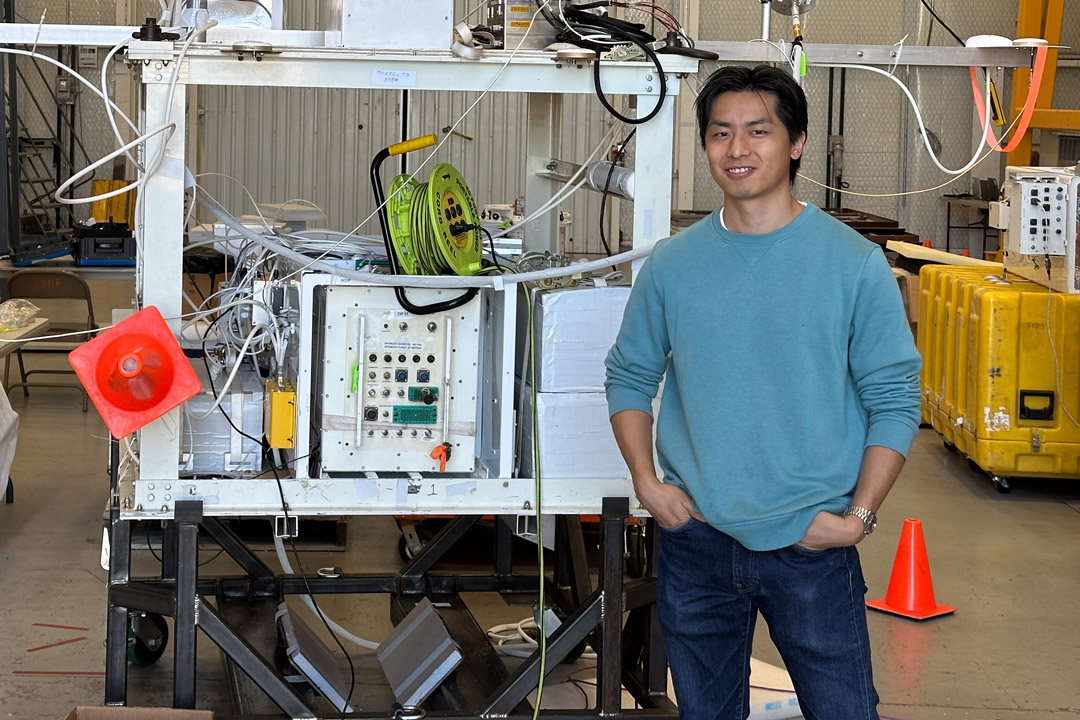
Kazuma Noda
Ph.D. student Kazuma Noda stands with the BOOP! gondola at Fort Sumner, N.M., ahead of the balloon mission’s launch that will take the RIT student-led project CSTARS into the atmosphere.
A years-long student-led NASA project that develops technology to help guide rockets will near its final destination this month on board the Balloon Optimization Opportunity Platform!, or BOOP!
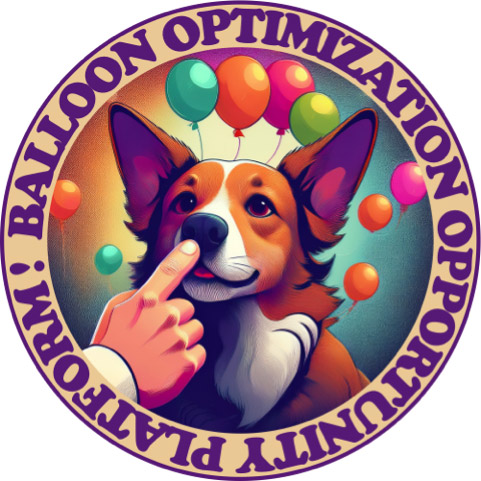
Provided
The BOOP! mission logo
Astrophysical sciences and technology Ph.D. student Kazuma Noda has taken the lead and traveled to New Mexico for the launch of the balloon mission, which will take the Cryogenic Star Tracking Attitude Regulation System (CSTARS) into the atmosphere.
Past RIT undergraduate students used NASA funding to create CSTARS, an instrument designed and built to orient a rocket payload based on the images of stars. CSTARS previously flew on the sounding rocket named the Cosmic Infrared Background ExpeRiment-2 (CIBER-2), but firmware issues hampered the mission.
BOOP! will provide advantages to see CSTARS get the results many RIT students have worked towards.
“I think we fixed the issue we had, and now we want to see if this can track stars again,” said Noda, who added that balloons are much cheaper than sounding rockets, and observation time will increase from 8 to 10 minutes to possibly four hours with BOOP!
Associate Professor Michael Zemcov from the School of Physics and Astronomy and Professor Dorin Patru from Kate Gleason College of Engineering have been the lead advisers on the CSTARS effort, and are excited to see BOOP! take it to the finish line.
“All these algorithms and systems and electronics that we’ve built over the almost ten years in support of CSTARS, we’re finally at the point where it all works,” he said. “This is a fun project that has a long history that many students have contributed to over the years.”
As an undergraduate student in Japan, Noda worked with sounding rockets in collaboration with CIBER. He knew he wanted to continue doing the work, so he made the move to RIT for graduate school.
While Zemcov corresponded with NASA to get CSTARS involved with the BOOP! mission, he handed the project to Noda to lead.
“For a Ph.D. student, the ideal situation is to be given a leadership role,” said Zemcov. “He’s done really well in executing that. We should be giving students these opportunities as much as we possibly can. It’s the best way to learn.”
Noda previously traveled to NASA’s Wallops Flight Facility in Virginia to integrate CSTARS onto the BOOP! gondola, and traveled to New Mexico for BOOP!’s launch, giving him hands-on, real-world experience with a NASA mission.
As Zemcov added, “There’s no substitute for going out and doing it yourself.”








